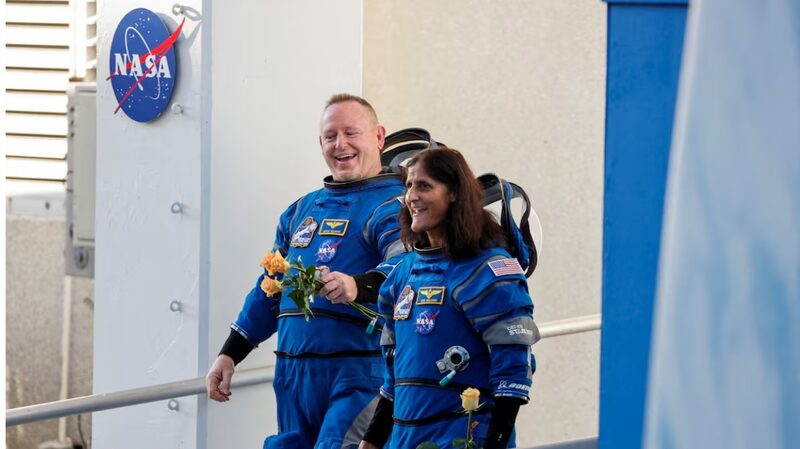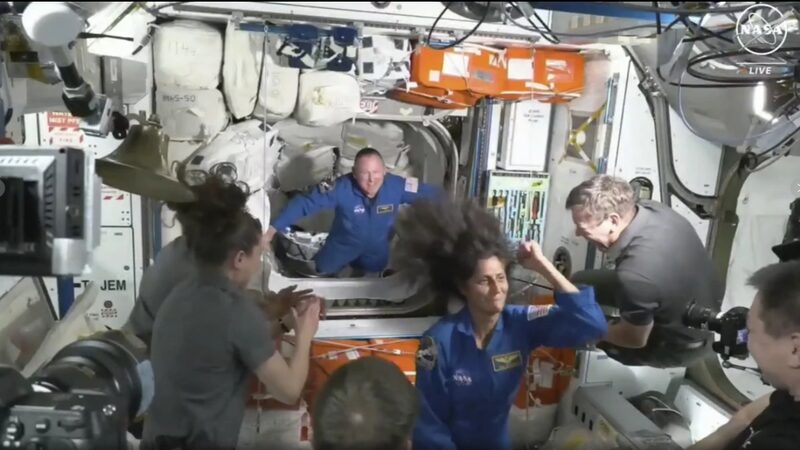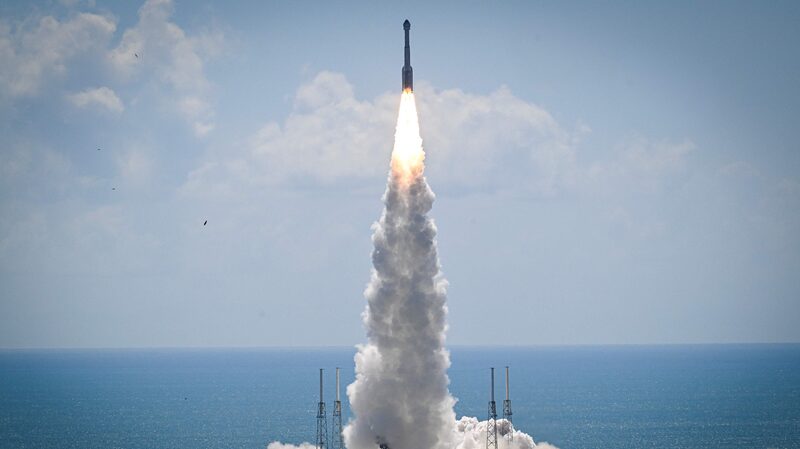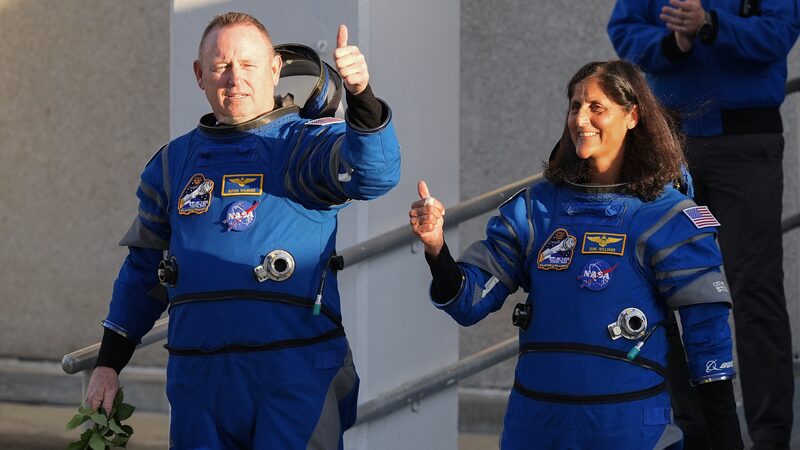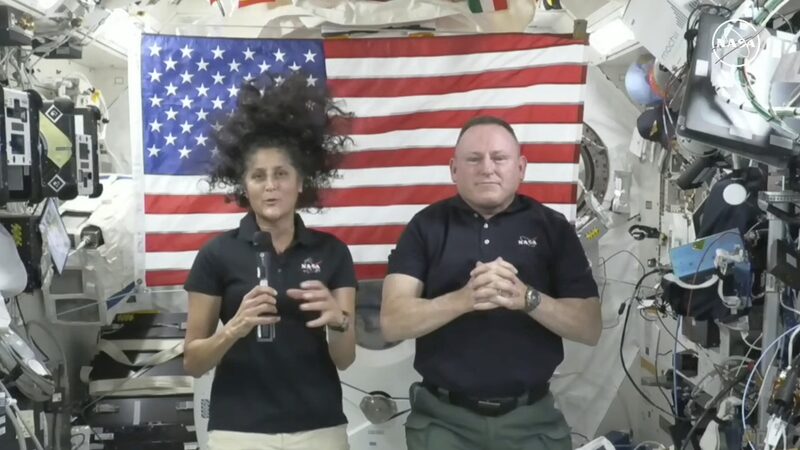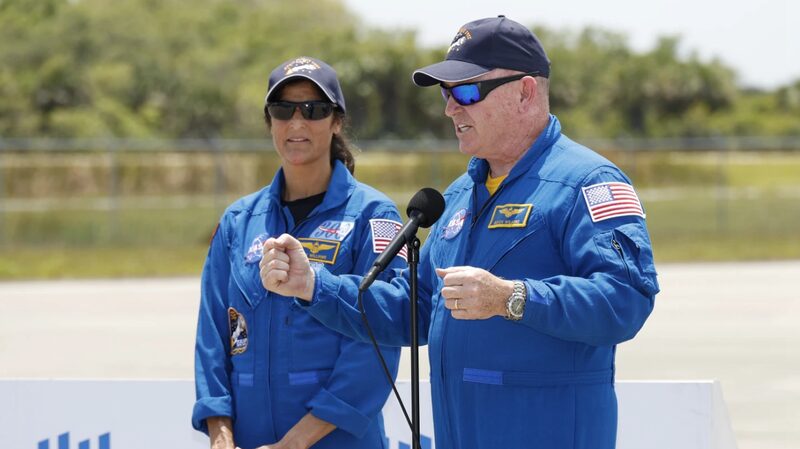Boeing’s Starliner spacecraft, currently docked at the International Space Station (ISS), is facing technical challenges that have delayed its planned return to Earth.
Initially scheduled for an eight-day mission, the Starliner has encountered several issues that have extended its stay in space. Since its launch on June 5, the capsule has experienced five helium leaks, the failure of five maneuvering thrusters, and a propellant valve that did not close completely. These complications have required NASA astronauts Barry “Butch” Wilmore and Sunita “Suni” Williams, along with mission managers in Houston, to dedicate additional time to address these problems while in orbit.
Extended Mission Timeline
The Starliner was originally intended to return to Earth shortly after its mission began. However, NASA has rescheduled the return date multiple times and currently has not set a new date. Steve Stich, NASA’s Commercial Crew Program manager, mentioned that the Starliner can remain docked at the ISS for up to 45 days, with a possible extension to 72 days if necessary. This is contingent on the spacecraft’s systems remaining functional and no new issues arising.
Technical Hurdles
The primary concerns revolve around the Starliner’s propulsion system, specifically its service module. The propulsion system is crucial for backing the capsule away from the ISS and positioning it for re-entry into Earth’s atmosphere. Overheating thrusters and helium leaks have complicated these operations. Despite these challenges, recent test firings of the thrusters have given mission teams increased confidence in the spacecraft’s ability to return safely.
Path to Return
Before the Starliner can embark on its journey back to Earth, mission management teams are meticulously analyzing data, running simulations, and exploring potential solutions such as software updates or hardware adjustments. Once approved for return, the capsule will undock from the ISS and begin a six-hour trip back to Earth, culminating in a parachute-assisted landing in the southwestern United States.
Significance of the Mission
This mission marks the Starliner’s first crewed trip to orbit and is a critical test before NASA can certify the spacecraft for regular missions to the ISS. Successfully completing this mission would position Boeing as NASA’s second provider of crew transportation services, alongside SpaceX’s Crew Dragon, which has been operational since 2020.
Contingency Plans
In the unlikely event that the Starliner is deemed incapable of safely returning the astronauts, alternative plans are in place. One option would be to use SpaceX’s Crew Dragon spacecraft, currently docked at the ISS, which can accommodate additional crew members in an emergency. However, both NASA and Boeing officials have expressed confidence that such measures will not be necessary.
The Path Ahead
As mission teams continue to address the technical challenges, the focus remains on ensuring the safe return of the astronauts and validating the Starliner’s capabilities. The outcome of this mission holds significant implications for the future of commercial spaceflight and NASA’s partnerships with private aerospace companies.
Reference(s):
How Boeing's Starliner can bring its astronauts back to Earth
cgtn.com
